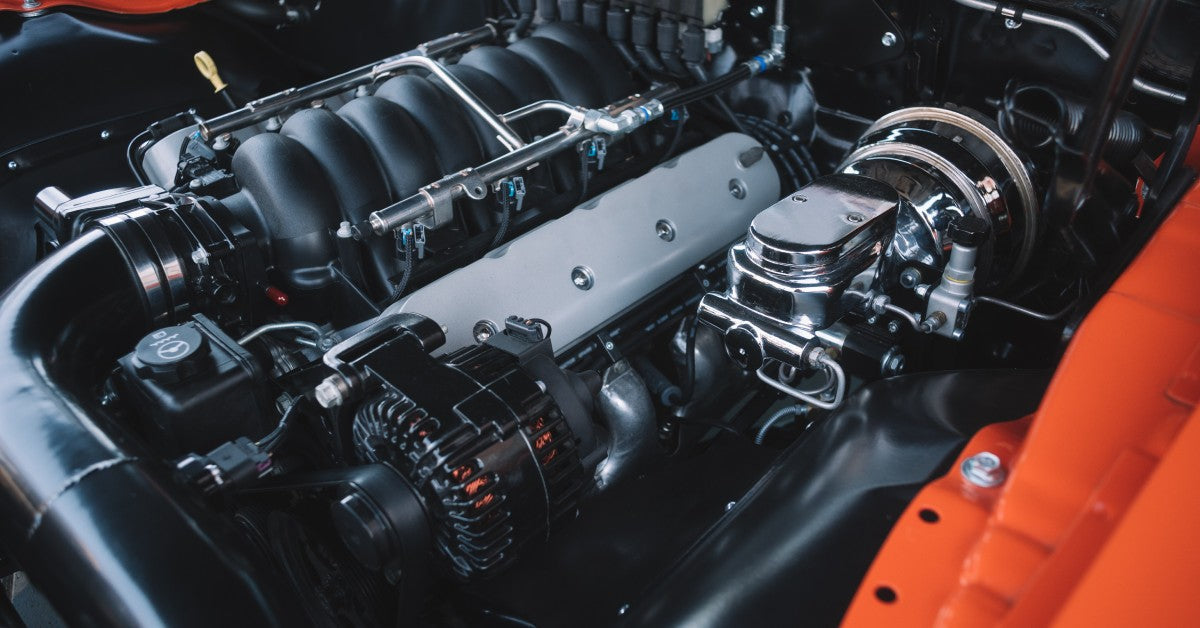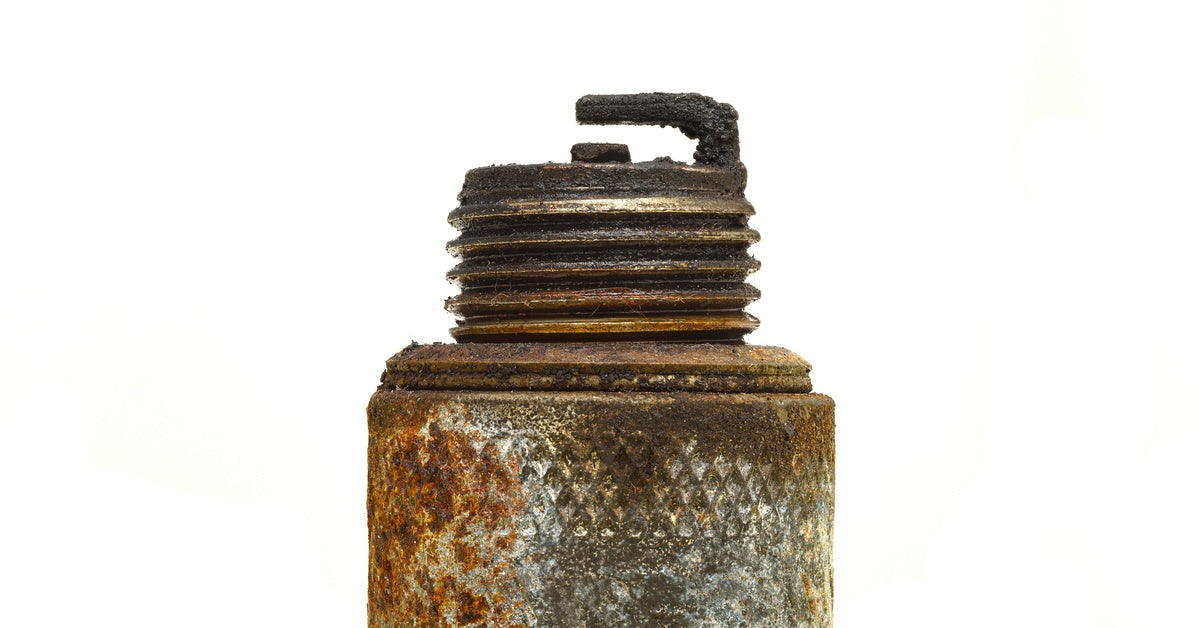
A shot from the $11 million car chase scene in “A Good Day to Die Hard.”
Sometime last year, producers thought it a good day to drop $11 million and let 132 rides die hard – literally. And it was all for just one scene in actor Bruce Willis’ A Good Day to Die Hard, the latest in Hollywood’s Die Hard franchise.
In this latest installment, filmed in Budapest, Hungary on a $92 million budget, Willis’ iconic John McClane character jets off to Mother Russia looking for his wayward son, Jack, whom John believes is up to no good. Turns out, Jack is a good guy after all. Unbeknownst to dear ol’ dad, Jack is actually a highly-trained CIA operative out to stop a nuclear weapons heist. With the Russian underworld in hot pursuit, and battling a countdown to war, the two hard-headed McClanes discover that their opposing methods just might make them unstoppable heroes.
But all that movie machismo won’t help the 132 cars that met their metal-crunching fate on the set of a single, obscenely costly car chase scene. By the time Director John Moore called “cut,” another 518 would require major work before been deemed road-worthy again.
“With Die Hard it’s about how audacious the action is,” Moore says. “So you have to drive over a Lamborghini – an actual one. And yes it hurts me. I’m a car fanatic.”
Lucky for Moore and Willis, those rides didn’t go down in vain. By the end of the opening weekend, film fanatics had turned out to the tune of a $33,239,116 gross, driving A Good Day to Die Hard straight to the top of the box office. Yippee ki-yay, indeed.







